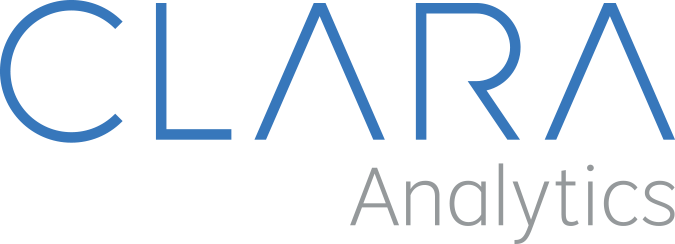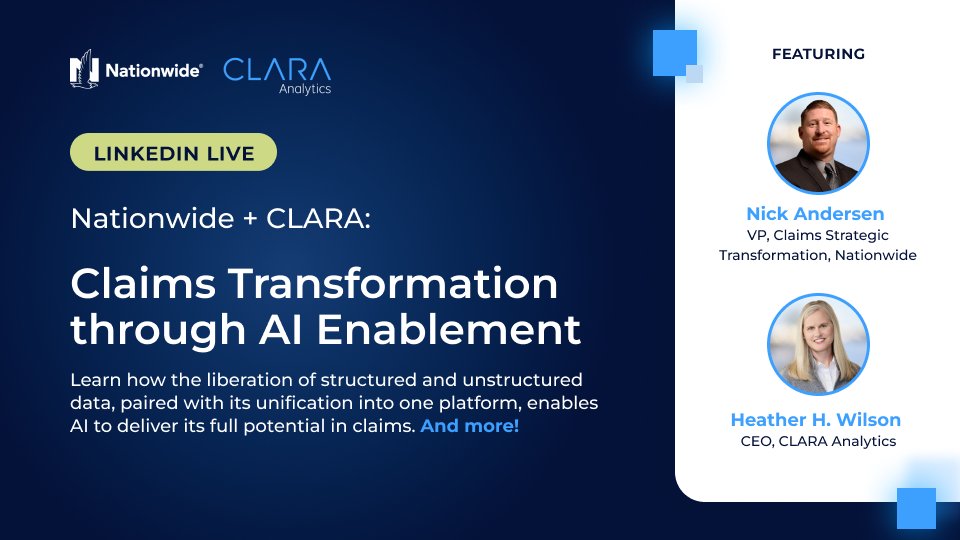How to Reduce Litigation Costs in Your Claims Process
Attorney involvement has been steadily driving up workers’ compensation claims costs over the past decade, and research reveals the problem has never been worse. For example, in 2014, the California Workers’ Compensation Institute (CWCI) published results of a five-year study that showed when a single injured party brought in a lawyer, the associated costs per claim went up by an average of $40,000 for permanent disability payments and $25,000 for temporary total disability benefits — even if the case never went to court. In Florida from 2016-2017, legal fees related to workers’ comp claims totaled nearly $440 million — approximately $254 million of that came from employers defending claims while injured workers themselves were responsible for $186 million (an increase of 36 percent in just one year).
These cases do not bode well for anyone except law firms. Given this present reality, what can companies do to eliminate or at least minimize the effect of lawyers on the claims process? How can they protect themselves and keep costs from ballooning out of control while helping workers get back to their jobs faster? Here are three keys to consider:
1. Stop Litigation Before It Starts
This is the number one component in keeping costs down and workers happy. Contrary to popular belief, workers don’t want to sue their companies. They need their jobs and want to return to them quickly. But they also want to get results. Most attorneys are engaged only when injured workers don’t feel like their claims are being properly addressed. For example, they might not know how to get what they need, or they haven’t heard back about who they should see or what the next steps should be.
To mitigate the potential for attorney involvement, companies should leverage new technologies that apply artificial intelligence (AI) to search claims and assess the risk of litigation. These solutions can quickly flag claims that need intervention so that the right member of a claims team can step in and provide a bit more hand-holding, from making appointments on the worker’s behalf with doctors who have the best outcomes scores to conducting a basic check-in to see how the worker is feeling or how the recovery process is going.
Early intervention that cuts off litigation before it starts is the ideal scenario. Claims that steer away from an engaged attorney can save roughly $42,617 from direct claims costs. That’s not spare change, particularly when a company needs to address multiple claims. In one example from a recent CLARA study, a small regional carrier ran a six-month pilot using AI-based software to identify claims that were referred to a high-touch team. At the end of the pilot, the carrier reported that its “litigation rate went from 14 percent of all claims to 5 percent. This means that even a smaller carrier, with 20,000 claims per year, would save approximately $42 million in claims costs if it was only half as successful as the pilot example.” That’s a pretty substantial, tangible return on the investment in the software.
2. Identify and Engage the Most Effective Lawyers
Some claims will move forward with a lawyer regardless of early intervention. But all is not lost! Just as all workers’ comp physicians are not created equal, neither are attorneys. Claims teams can still save a significant amount of money, time and frustration simply by involving the right lawyer.
Outcomes-based attorney scoring is common practice. When this scoring utilizes machine learning algorithms, as the newest solutions do, the best attorneys for a case are right at the fingertips of claims teams. These lawyers can work toward a fair settlement before going through a long, painful litigation process (though in some cases, it is worth it to engage in litigation if demands are unrealistic, which a good lawyer would quickly recognize).
3. Utilize Smart Tools to Optimize Settlements
To this end, it’s worthwhile to adopt AI-based solutions that can lend invaluable insight on optimized settlements for specific cases. Having instant access to quality, detailed information about similar claims can help determine whether to fight or settle a pending lawsuit. Machine learning provides leverage. This in turn saves money.
While avoiding attorneys is always the goal, smart tools can stop the bleeding when it is unavoidable.
AI and machine learning have the capacity to change the upward trajectory in workers’ comp costs. With products and tools incorporating these smart technologies in meaningful ways, the claims process can be transformed from lose-lose to a win-win for both companies and injured workers.
###
Colleen Slyngstad is vice president, head of customer experience at CLARA Analytics, a leading predictive analytics company for workers’ compensation. Prior to joining CLARA Analytics, Colleen worked for Sedgwick, Kemper and Fireman’s Fund Insurance Cos, in several roles including VP of Carrier Client Services; Claims Operations, Product Development, and Strategic Initiatives. In her most recent role as a product director, she was tasked with leading the effort to build predictive analytics models, focused on claim severity and reserving for workers compensation. Colleen holds a Bachelor of Science from the University of San Francisco in Organizational Development as well as Senior Claim Law Associate. For more information, visit www.claraanalytics.com/ and follow CLARA Analytics on LinkedIn, Facebook and Twitter.




